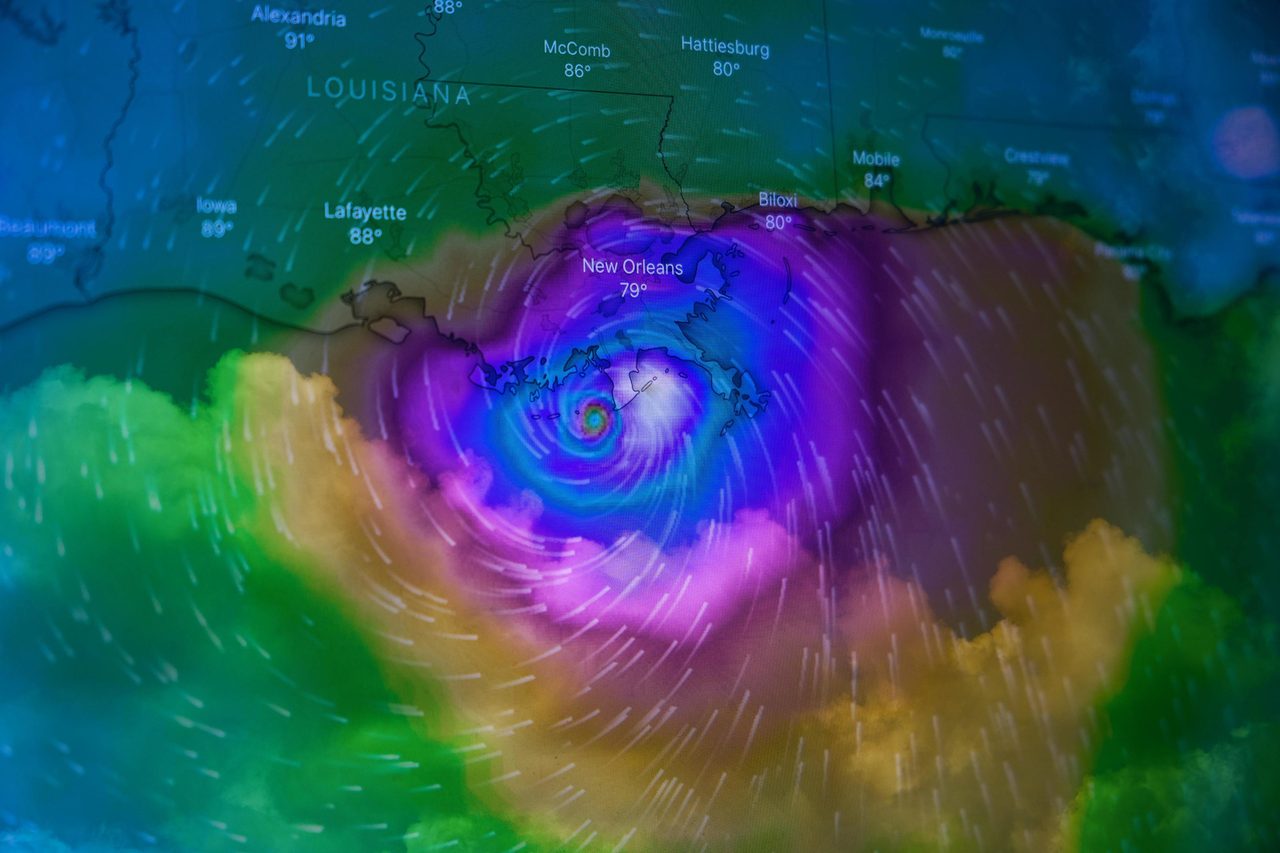
Security & Resiliency
Inclusion of Resilience Credits in the LEED System
Examining LEED’s various resilience credits and determining how they can be achieved.
SCROLL
LEED is among the most widely used green building ratings systems in the world. It works through an accumulation of credits for various design, operational, and construction decisions and implementations. Although the system is mainly concerned with issues such as energy use and the materials that go into a building, with version 4.0, LEED incorporated pilot credits for resilience. Therefore, as part of achieving a desired rating, designers can receive points for developing more resilient buildings. This article will explore the various resilience credits and how they can be achieved.
The resilience pilot credits are divided into three groups: Assessment and Planning for Resilience (IPpc98); Designing for Enhanced Resilience (IPpc99); and Passive Survivability and Back-Up Power During Disruptions (IPpc100).
The Assessment and Planning for Resilience credit requires designers to identify the potential vulnerabilities for a project site. The evaluation must include sea level rise, extreme heat, and more intense winter storms, but there are other hazards that can be considered. The risks related to climate change must be identified as part of this credit. The first step toward achieving the Assessment credit is to complete a hazard assessment. The assessment must identify the potential risks associated with natural hazards. If a local hazard plan is available, it should be used as the basis for the hazard assessment. If no such local plan exists, or if a more site-specific assessment is desired, LEED provides resources for evaluating the following hazards: sea level rise and storm surge, flooding, hurricane and high wind areas, tornado, earthquake, tsunami, wildfire, drought, landslides and unstable soil, extreme heat, and winter storms. In addition, the design team is encouraged to consider human-caused events, such as civil unrest, shootings, explosions, and potential hacking of “smart” systems. After performing a hazard assessment, the team must create either a climate-related risk management plan or an emergency preparedness plan. Detailed requirements for both plans are provided in the LEED documentation.
The Designing for Enhance Resilience credit builds on IPpc98 by accounting for the identified risks during the design process. Performing a risk/hazard assessment is an important part of achieving enhanced resilience, but unless specific steps are implemented, the assessment itself will only provide limited benefits. The Designing for Enhanced Resilience credit is intended to ensure the specific steps are taken to account for the identified hazards. The designers must address one or two of the top identified hazards, receiving one credit for each. Additional hazards can (and should) be addressed as appropriate, but no further credits are available. Hazard-specific design measure guidance is provided in the LEED documentation and will be the focus of the next column.
Finally, the Passive Survivability and Back-Up Power During Disruptions credit addresses the issue of safely sheltering occupants during and after a power outage. Two credits are available in IPpc100. The first credit is for designing for passive survivability. The criterion is to demonstrate, through thermal modeling or passive house certification, that thermally safe conditions can be maintained for four days without power during peak summertime and wintertime conditions. The measures used to achieve this may include building orientation, insulation, thermal mass, passive solar heating, etc. The paths to demonstrating achievement of this goal are psychrometry using the Center for the Built Environment’s Comfort Tool, limiting the deviation from the standard effective temperature to a specified number of degree-days, and meeting the Passive House certification and providing operable windows or other means of natural ventilation. The second credit can be obtained through provision of backup power. Two options are available, the first being meeting the thermal safety requirements of the first credit through backup power or a combination of backup power and passive measures. The second option is to provide backup electricity for a specified set of operating conditions.
The goal of LEED is to obtain truly sustainable buildings, but this is not possible without being resilient in the face of expected hazards. However, there is definitely room for improvement in how resilience is determined in LEED, and some of the limitations regarding specific design measures will be discussed next month. Nevertheless, the fact that LEED has included resilience considerations in achievement of a rating is a step in the right direction, and, overall, the recognition of resilience as an important part of sustainable design will lead to better building designs for the occupants and community.
Scott Campbell, Ph. D, P.E.
Scott Campbell is senior vice president of structures and codes for the National Ready Mixed Concrete Association. He holds bachelor and master’s degrees in civil engineering from the University of Illinois at Urbana-Champaign and a Ph.D from the University of California at Berkeley. He has published numerous articles in the areas of nonlinear analysis and blast design of buildings and is an active member on various committees of the American Society of Civil Engineers (ASCE), ASHRAE, and the American Concrete Institute (ACI). He is also a member of the board of directors and past president of the Architectural Engineering Institute (AEI) of ASCE. Campbell is a registered professional engineer in six states.

